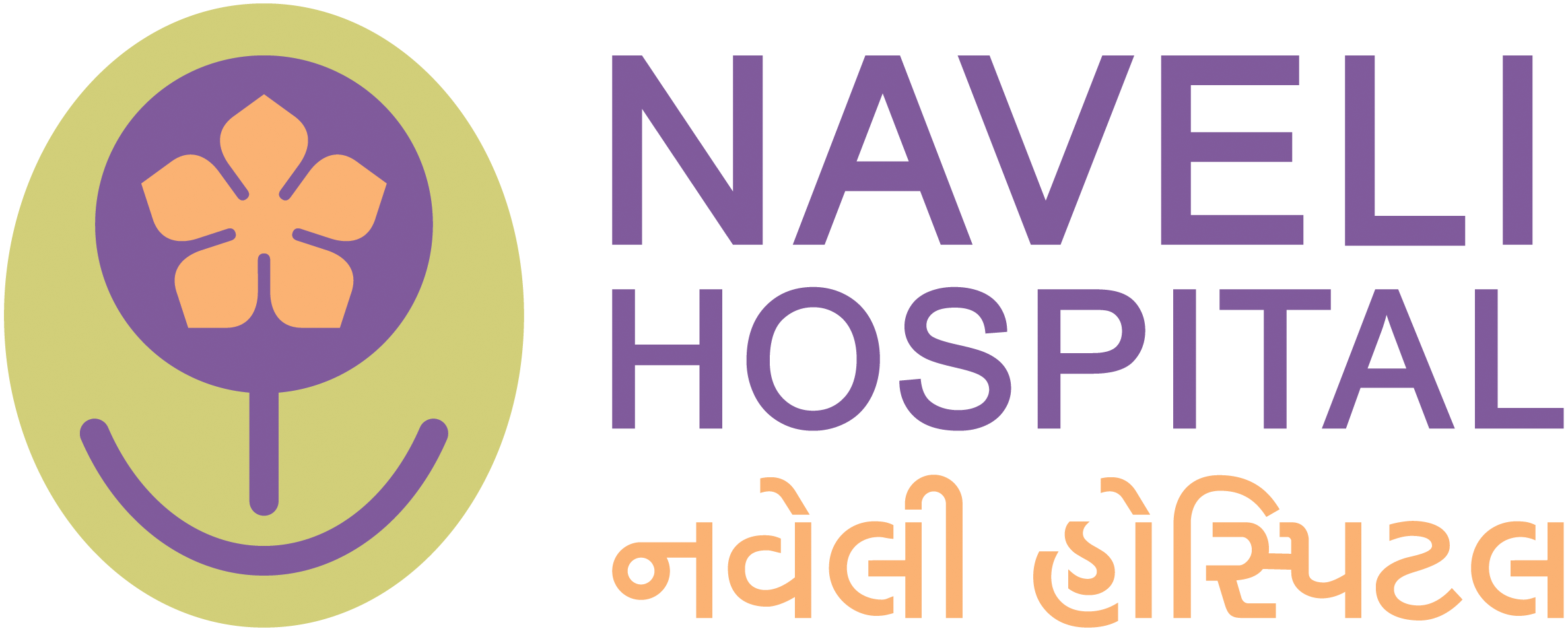Arthroscopy
What is an arthroscopy of your shoulder?
An arthroscopy (keyhole surgery) is performed to diagnose and treat problems in your shoulder joint. It involves examining the inside of the joint using a telescope inserted through small cuts on your skin.
What are the benefits of surgery?
The aim is to confirm exactly what the problem is and for many people the problem can be treated at the same time.
Knee Arthroscopy
What is Knee Arthroscopy?
Knee arthroscopy is a surgical technique that can diagnose and treat problems in the knee joint. During the procedure, your surgeon will make a very small incision and insert a tiny camera — called an arthroscope into your knee. This allows them to view the inside of the joint on a screen. The surgeon can then investigate a problem with the knee and, if necessary, correct the issue using small instruments within the arthroscope.
Arthroscopy diagnoses several knee problems, such as a torn meniscus or a misaligned patella (kneecap). It can also repair the ligaments of the joint. There are limited risks to the procedure and the outlook is good for most patients. Your recovery time and prognosis will depend on the severity of the knee problem and the complexity of the required procedure.
Why do I need Knee Arthroscopy?
Your doctor may recommend that you undergo a knee arthroscopy if you’re experiencing knee pain. Your doctor might have already diagnosed the condition causing your pain, or they may order the arthroscopy to help find a diagnosis. In either case, an arthroscopy is a useful way for doctors to confirm the source of knee pain and treat the problem.
Arthroscopic surgery can diagnose and treat knee injuries, including:
-
torn anterior or posterior cruciate ligaments
-
torn meniscus (the cartilage between the bones in the knee)
-
patella that’s out of position
-
pieces of torn cartilage that are loose in the joint
-
removal of a Baker’s cyst
-
fractures in the knee bones
-
swollen synovium (the lining in the joint)
